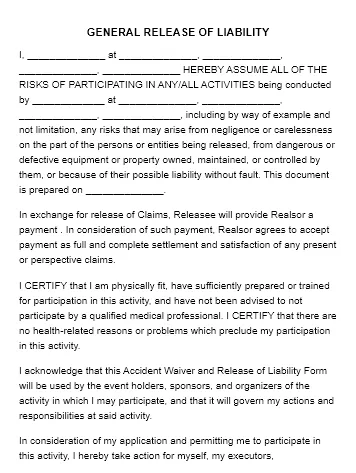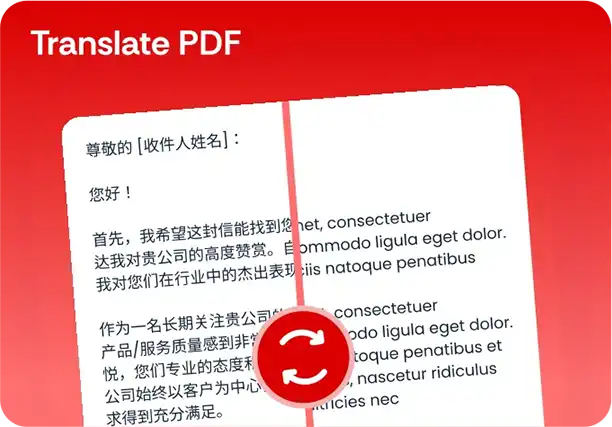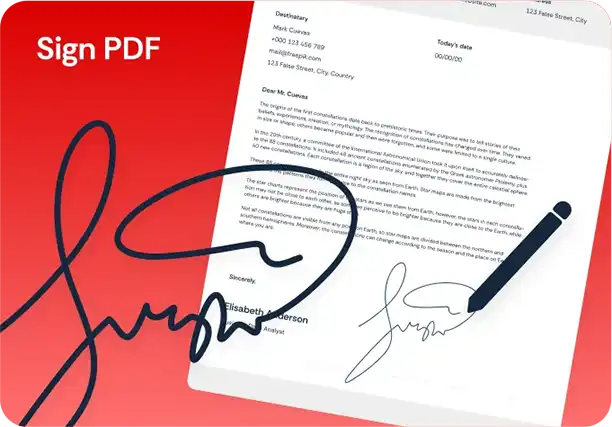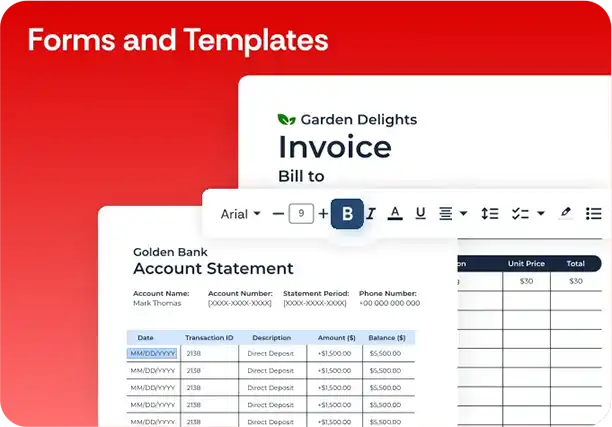General Release of Liability Template
Stop searching and find out why people love the ease of creating beautiful and legally compliant General Release of Liability with PDFSimpli.

Stop searching and find out why people love the ease of creating beautiful and legally compliant General Release of Liability with PDFSimpli.


Pick from the colors and templates below
To Whom it May Concern:
I, ____________________, is the legal guardians of ____________,
born ________.
To Whom it May Concern:
I, ____________________, is the legal guardians of ____________.
To Whom it May Concern:
Guardian Information. We, _____ and _____, are legal guardians of _____.
Travel Consent. Child has permission to travel with _____.
Medical Authorization. We authorize necessary medical treatment.



A general release of liability is an agreement in which two parties agree that one party (or both) will release any claims associated with a specific dispute. This is the most general form of a liability waiver and can cover both known and unknown claims. Through such an agreement, the releasor can agree that the releasee and relevant associates of the releasee are no longer liable for a dispute. Typically, this is made in exchange for a payment or some other form of consideration.
This is most often used after an incident has already occurred. For example, the releasor may have been harmed on the releasee’s property. As part of the negotiated resolution to the incident, the releasee may agree to pay a sum of money to the releasor. Since the releasee does not want to both pay money and later be sued, the releasor agrees to a general release of liability.
This type of liability agreement can also be entered before any claims may arise or an incident may occur. Additionally, it can be used for non-injury disputes such as settling a debt or resolving a real estate disagreement. By agreeing to such an arrangement, both parties can promptly solve the despite without having to go to court and can be confident that the matter is settled. Thus, a general release of liability can often be built into a larger settlement agreement for a legal matter.
A general Liability release form is used any time one party wants to release another party of potential liability related to an accident, event or other dispute. This commonly happens when two parties resolve a potential legal claim outside of court and want to ensure that the matter is completely resolved, and no additional claims will be made in court. Sometimes this type of release is used before an event such as providing a service when the provider is concerned about legal risk. A general release of liability can only be agreed to in exchange for consideration of some sort.
Agreeing to conclude a legal dispute without a general release of liability may cause one or both parties to be open to potential lawsuits. Similarly, failing to secure a release of liability before an incident could risk a future claim if the other party is not willing to come to an agreement after the fact. Therefore, it is important to have a well-written and effective general release of liability.
A general release of liability may be found to be unenforceable if it is not written correctly or if the releasor is not clear on his or her rights before signing. Therefore, it is important to craft the agreement carefully. It is helpful to use a template to ensure that the wording will be as accurate and effective as possible. Additionally, this will save you significant time and effort in drafting the document.
Writing a general release agreement can be easy if you use a general release of liability form template. Since the release can cover both known and unknown claims, you don’t necessarily need to specify exactly what liabilities are being released. However, you should include at least a few core elements:
Before drafting your general release of liability, take a moment to gather information about the involved parties. Additionally, consider outlining the description of the dispute that will be released. It is also a good idea to negotiate the consideration in advance. Check the rules for witnessing and/or notarizing in your area. If you do this preparatory work, you will have an easier time writing the agreement.
Next, select a template and software that you will use for drafting. PDFSimpli has a wide range of templates for liability releases and other legal documents. You can edit them easily using the online editor. Additionally, you can save to the cloud and pick up your work from any device with a browser.
Once you have selected a template, start to fill it out with the relevant details. This should include all the elements listed above. Using PDFSimpli, you can fill in form fields and edit any terms that you want. However, be careful changing the legal language because precision is very important for a general release of liability.
As the composition of this agreement is important to its enforceability, make sure to carefully review it. You can do so easily using the PDFSimpli online editor. Alternatively, watermark the document as a draft and print a copy. This is great if you like to proofread your documents using a pen.
Finally, it is time to sign the document. Remember that you may need to have your signature witnessed. You can sign it using PDFSimpli’s built-in tools then have your witness sign also. Send it straight to the other party for a signature. Alternatively, print, download or save the document to sign the old-fashioned way.
Almost anything of value can be used as consideration for the agreement. If you are reaching an agreement after a dispute has already arisen, it is important that the consideration be reasonable. The agreement may be found unenforceable if the consideration is found insufficient or defective. If signing before offering a service or activity, the service can be offered as consideration.
This depends on the jurisdiction that the document is being signed in. Typically, there is no need for notarization. However, a witness may need to watch the parties sign and also sign the document him or herself. You can consider notarization if you want to make the document more formal and easier to enforce.
Anyone can use a general release of liability to resolve a potential or current legal dispute. It can be used by a business that wants to render a service that has an inherent risk of damages. Alternatively, it may be used by an individual or organization as part of resolving a dispute over an accident with an injured person, debt, or another issue.